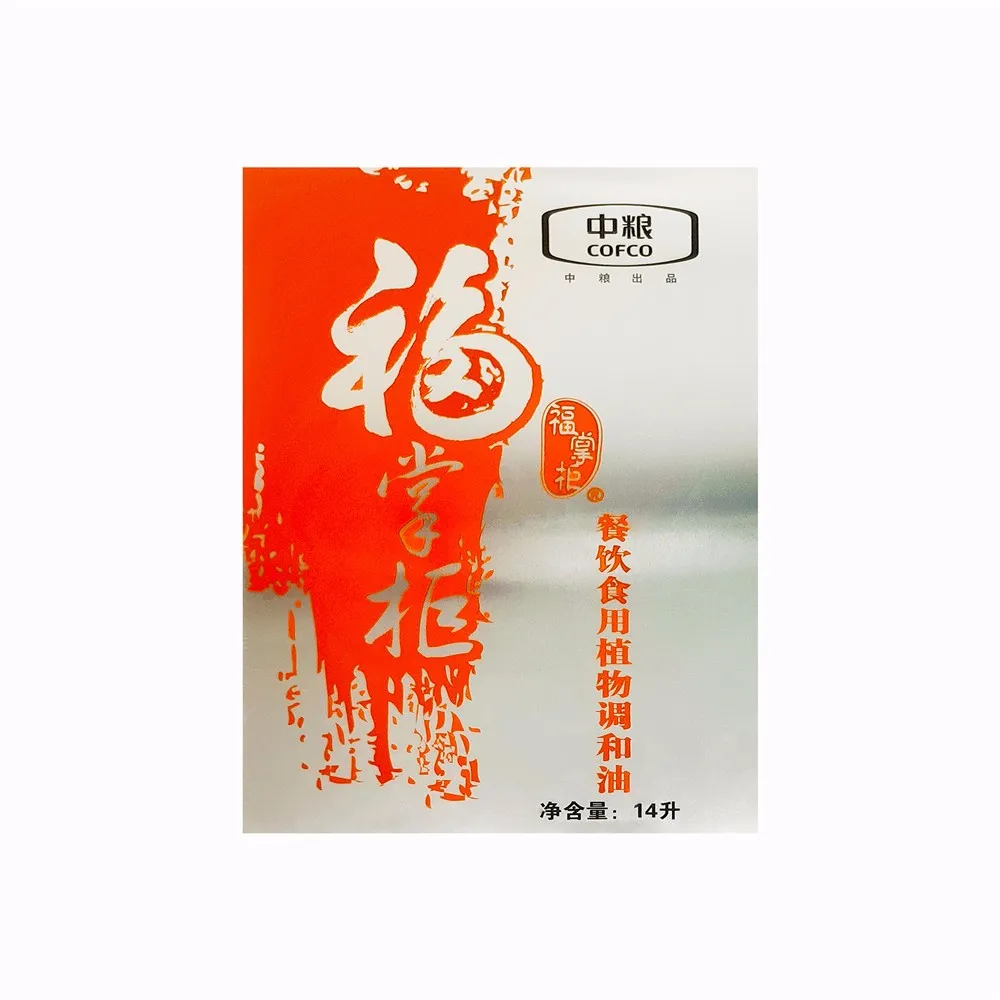As a packaging material with a long history, tin can packaging plays an important role in many industries such as food, beverages, cosmetics, and daily necessities. With the development of industrial technology and the continuous improvement of consumer demand for packaging, tin can packaging still maintains strong market competitiveness with its unique advantages. However, any packaging material has its advantages and disadvantages, and tin can packaging is no exception.
This article will discuss the advantages and disadvantages of tin can packaging in detail from multiple angles to help readers fully understand the characteristics of this packaging form.

What are the advantages of tin can packaging?
As a metal packaging material, tin can packaging has many unique advantages, which make it stand out among many packaging forms and become the material of choice for many industries. The following are the main advantages of tin can packaging:
Excellent protective performance
One of the most significant advantages of tin can packaging is its excellent protective properties. Iron cans are made of tin-plated steel or galvanized steel. These materials themselves have strong physical hardness and pressure resistance. The protective performance of iron cans is reflected in many aspects:
● Impact resistance and pressure resistance: Compared with cartons and plastic packaging, iron cans have higher mechanical strength. It can withstand large external impacts during transportation, storage and daily use, and is not easily deformed or damaged, thereby effectively protecting the internal products.
● Prevent contact between light and air: The iron can has good sealing performance and can effectively isolate the entry of outside air, moisture and light. This property is particularly important for products that are prone to oxidation or are photosensitive (e.g. food, beverages, cosmetics). Iron cans can extend the shelf life of products and maintain their taste and quality.
● Corrosion resistance: Modern iron cans usually use tin-plated steel, that is, a layer of tin is plated on the surface of the steel to enhance its corrosion resistance. For food and beverage products, the tin plating layer can prevent chemical reactions when the food in the can comes into contact with the metal, thus preventing product deterioration.
Excellent sealing
Another important advantage of tin can packaging is its excellent sealing performance. Iron cans are usually designed with sealing lids and leak-proof structures, which can effectively prevent liquid or gas from leaking out. When preserving food, beverages, medicines and other products, iron cans can provide a near-vacuum environment for the internal products, reduce the contact between oxygen in the air and the products, and delay the oxidation process.
For example, in food can packaging, iron cans can not only prevent the intrusion of microorganisms, but also effectively inhibit the oxidation and deterioration of the food inside, thereby extending the shelf life of the food. At the same time, good sealing performance also helps to maintain the flavor and freshness of the product, which is especially important for tea, coffee, spices and other products that require higher storage conditions.
Good plasticity and diversity
Iron cans have excellent plasticity and ductility and can be processed into various shapes and sizes. The manufacturing process of iron cans is relatively mature and can be made into round, square, oval and other different appearances according to the needs of different products to meet the diverse needs of the market. In addition, the surface of the tin can can be decorated by printing, spray painting, etc., making it both functional and ornamental.
This plasticity makes iron cans widely used in various types of commodity packaging. Whether they are small food cans, candy boxes, or large paint cans or chemical barrels, iron cans can provide customized designs according to different uses. At the same time, the diverse designs of tin cans also provide brands with more space for display and promotion, which can improve the market appeal of products.
Environmental protection and recyclability
Tin can packaging has good environmental performance, which is another reason for its popularity. Tin cans are made of steel and are recyclable resources. Today, with the increasing awareness of global environmental protection, the recyclability of iron cans is a big plus. Compared with plastic and paper packaging, iron cans can be efficiently recycled and reused after use, and the recycling rate is higher.
Recycled iron can materials can be made into new steel products through smelting, reducing resource waste and environmental pollution. At the same time, due to the high strength and long service life of iron cans, many consumers will reuse them as storage cans, decorations, etc. after using iron cans for packaging.
Tamper resistance and fidelity features
Iron can packaging is highly tamper-proof and is especially suitable for products that require strict protection, such as medicines, food, etc. Iron cans are usually equipped with an anti-counterfeiting seal design. Once the seal is opened, the packaging will leave obvious traces to prevent the product from being maliciously tampered with during transportation or sales. In addition, the iron can has a higher hardness and is not easily punctured or damaged, which provides further protection for the product inside.

What are the disadvantages of tin can packaging?
Although tin can packaging has obvious advantages in many aspects, it is not perfect. In some application scenarios, the shortcomings of iron can packaging may affect its effectiveness. The following are the main disadvantages of tin can packaging:
Heavier
Compared with plastic and paper packaging materials, iron cans are heavier. The density of steel materials is high, and the iron cans made from them are relatively heavy during transportation and carrying. For some products with high lightweight requirements, the weight of the iron can may increase transportation costs and inconvenience.
In addition, during long-distance transportation and mass production, the dead weight of iron cans may also increase logistics and transportation costs. This is particularly prominent in some industries that are more sensitive to transportation costs, and companies may give priority to lighter materials when choosing packaging materials.
Higher production costs
The production process of iron cans is relatively complex and requires multiple processes, such as cutting, forming, welding, tin plating, etc., so its production cost is high. Especially compared with plastic packaging materials, the raw materials and manufacturing costs of iron cans are more expensive.
In addition, the surface treatment and decoration process of the iron can will also increase the cost. For example, in food packaging, the inside of the tin can needs to be coated with a protective coating to prevent it from reacting with the food; the outside needs to be printed and decorated, and these processes will increase the overall production cost of the tin can.
Prone to rust
Although the surface of the iron can is tin-plated or otherwise anti-corrosion treated, the iron can may still develop rust during long-term use or storage, especially in a humid environment. Once the coating on the surface of the iron can is damaged or worn, the exposed steel part will easily react chemically with oxygen and moisture in the air to produce iron oxide, which is our common rust.
Rust will not only affect the appearance of the iron can, but may also affect its sealing performance and service life, and may even cause contamination of the internal products. Therefore, how to avoid rust problems is an aspect that needs attention when using iron cans for packaging.
Difficult to process
Although iron cans have good plasticity, they are still more difficult to process than other materials (such as plastic and paper). Steel materials have high hardness and strength, and more complex mechanical equipment and process technologies are required for bending, welding, stamping and other processing.
In addition, due to the complex manufacturing process of iron cans, the energy consumption during the production process is high and the manufacturing efficiency is relatively low. This also limits the application of iron cans in some high-volume, low-cost production to a certain extent.
Poor transparency
Another obvious disadvantage of tin can packaging is its opacity. Because tin cans are made of metal, they cannot visually display the appearance and status of the product inside like glass or plastic transparent packaging. This may not be ideal for some products that require consumers to be able to see the product directly.
For example, in the food industry, many consumers like to check the freshness and quality of food through transparent packaging, but the closed design of iron cans cannot meet this demand. Therefore, certain products that require visual presentation may prefer packaging materials with greater transparency.


